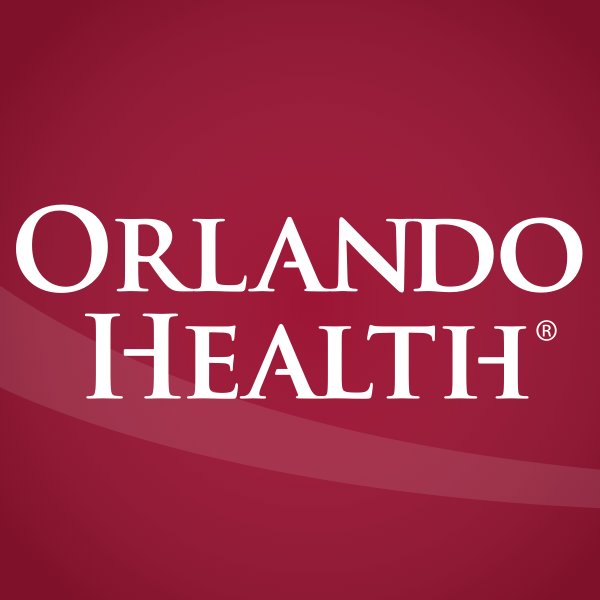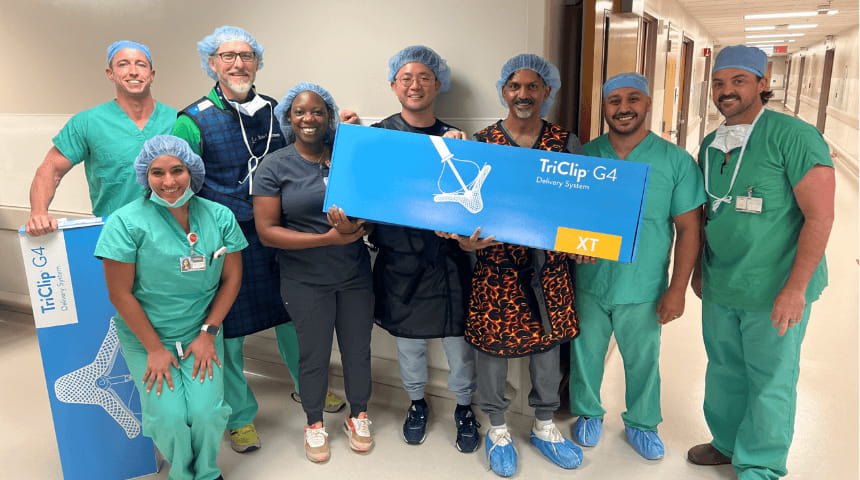Advancements in coronary artery bypass grafting (CABG) and percutaneous coronary intervention (PCI) have expanded treatment options for cardiac patients with three vessel disease (TVD). At Orlando Health Heart and Vascular Institute, choosing the best approach depends on the presenting patient, their disease complexity and evaluations from the cardiology team.

The severest form of coronary atherosclerosis, TVD occurs when there is more than 50 percent stenosis in three major epicardial coronary arteries — left anterior descending, left circumflex and right coronary arteries.
“Coronary stenting and bypass surgery are both competitive and complimentary at the same time,” says Gary Allen, MD, a board-certified cardiothoracic surgeon and medical director of cardiac surgery with Orlando Health Heart and Vascular Institute. “TVD cases require aggressive evaluation and decision-making from both a surgeon and an interventional cardiologist.”
The Evolution of Stenting
When first introduced, PCI was limited to patients with refractory angina pectoris from a single major epicardial coronary artery. “There was a time when surgical revascularization was far more advanced than our PCI ability,” says Joel Garcia-Fernandez, MD, a board-certified interventional cardiologist with Orlando Health Heart and Vascular Institute.
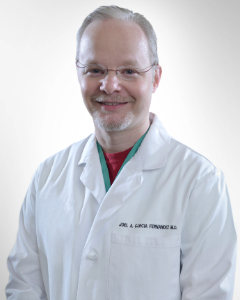
Stenting was considered a suitable alternative in some patients, particularly if the disease was not complex. “Over the past two decades, evolving techniques and technologies have increased the safety of stenting while reducing risk of restenosis,” says Dr. Garcia. “For TVD residing in the proximal mid and distal right coronary artery, proximal mid and distal circumflex or mid and distal left anterior descending artery, stenting can be as efficient as bypass surgery.”
Advances in different polymers, improved geometries of stents and more powerful antiplatelet medicines have vastly improved stent technology.
“If you go to the '90s when we had the first generation of bare metal stents compared to bypass, bypass tended to be superior,” says Dr. Garcia. “But fast forward 30 years and we have narrowed significantly the gap between the two technologies to the point that they are now competitive with some exceptions.”
Surgery as the Prevalent Protocol
Clinically, CABG surgery remains a prevalent protocol, with left internal mammary artery (LIMA) to left anterior descending artery (LAD) bypass offering the best long-term solution for increased longevity. “For TVD in the left main coronary artery and in the proximal left anterior descending artery, consensus is toward surgical diagnosis,” says Dr. Allen. “We also gravitate toward bypass for isolated left main disease or severe TVD in combination with left main unless a patient is either too high risk or not a surgical candidate. Then we consider a percutaneous coronary intervention.”
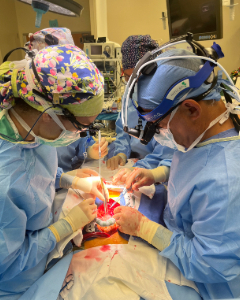
Orlando Health offers conventional open chest procedures and minimally invasive direct coronary artery bypass (MIDCAB). For those with more than one blockage, hybrid coronary revascularization treats lower risk lesions with stents, while major blockage is surgically bypassed.
Until relatively recently, it was thought the proximal left anterior descending artery behaved in a similar manner to the left main. “That changed in recent American College of Cardiology Society of Coronary Angiography and Interventions and American Heart Association guidelines,” says Dr. Allen. “It now accepts the proximal left anterior descending artery disease, similar to the mid and distal of the other vessels where both percutaneous coronary interventions and bypass are comparable. So the left main is the only one that still resides as mostly a surgical diagnosis, where the rest of the disease is open for discussion.”
Collaborative Conferencing
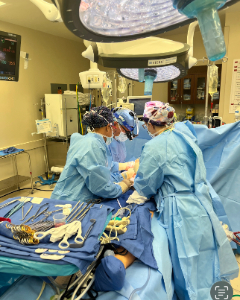
Twice weekly conferences between Orlando Health surgeons and cardiologists help determine the best approach to patient diagnosis and therapeutic candidacy. “This continuous dialogue allows us to have a very intimate and seamless decision-making relationship with our colleagues,” says Dr. Garcia. “With the data in the armamentarium, the syntax score one, syntax score two and our ability to work together, it is highly unlikely that we will have significant differences of opinion in the treatment of myocardial revascularization.”
Orlando Health Heart and Vascular Health Institute is recognized as a national leader in quality cardiac care. It is ranked among the nation’s top 50 cardiology programs by U.S. News & World Report and among the top 100 by Becker’s Hospital Review.

